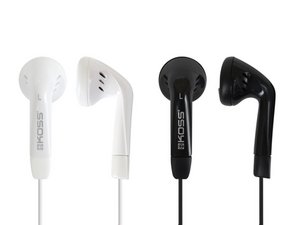Single earbud for PS4 need help how to re-wire jack plug (not KOSS)
Firstly, please be advised the help is not for Koss Earbuds but only one I could select.
I have a single earpiece PS4 earbud with Mic build in which came with the PS4, and although I have another headset sometimes I like to keep one as a spare just in case the other fails.
It has a TRRS jack (Tip/Ring/Ring/Sleeve) with 4 cables: Solid Red, Red/Copper, Solid Copper and a Solid White, on dissecting the jack plug I noticed that some of the wire weren’t soldered and were literally making some kind of contact from just the black pvc casing holding them in place, therefore I am now unsure which points they should have been soldered too.
I am okay with a soldering iron and I understand that the cables are as follows:
White = Mic
Solid Copper = Positive
Solid Red = Negative
Red/Copper = Common Ground
My question is which pin should I solder to on the jack plug i.e. the Tip (left Audio) or the Ring (right Audio)
And would it cause a problem if the Left Audio or Right Audio is left with no cable affixed.
I have tried to research via Google/Bing and everything links to a 2 piece (Left and Right) earbud or headphone.
Your kind assistance would be kindly appreciated so I can repair these and set them aside in desperate times.
Questa è una buona domanda?

 1
1  1
1 



